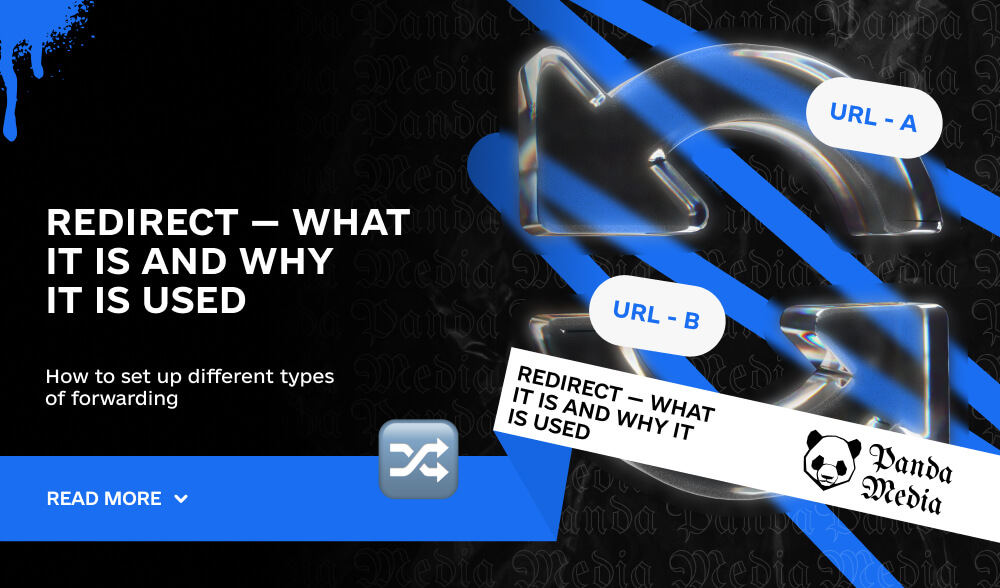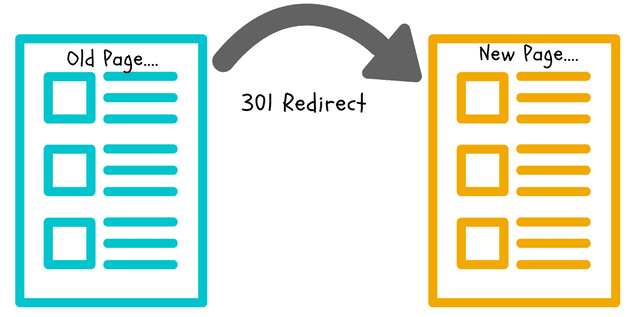Don't miss interesting news

What is a redirect, what are they and why should you use them.

Redirects not only simplify website navigation, but also affect its visibility in search engines. The ability to choose the right type of redirect and customize it is a skill that allows SEO specialists to flexibly manage a web resource and increase its effectiveness. After all, properly configured redirects will help you keep links to your website, not lose visitors, improve search engine rankings, and gain a competitive advantage.
Redirect (redirect) – automatic redirection of the user to a URL other than the originally requested one. If the internal redirect is configured correctly, the redirection process goes unnoticed.
Redirects can be performed at the web server level when it receives a request from a user, or at the page code level when a web page script sends a request to redirect the user.
Let’s say a user (browser) accesses the page at https://inweb.ua/seo, and the site server gives the user a 301 response code and redirects to another document – https://inweb.ua/seo/, because this is the established rule.
What are the redirect methods?
Depending on the purpose of the redirect, various redirection methods are used, each of which has its own characteristics.
Let’s take a closer look at the Redirect method, which is important for search engine optimization in terms of maintaining page weight and position, and therefore organic traffic.

A page-to-page redirect is a direction to the current section if it is not available at the old URL, that is, a page redirect.
From an SEO perspective, redirects are very important, because if you change the URL on a page without a 301 redirect, you will lose traffic and rankings.
Examples of using redirects:

A redirect chain is a redirect not in one, but in more than 2 steps. Experts argue about their harmfulness: up to 5 transitions are called not very harmful, since search robots are able to follow them.
The use of redirects in SEO optimization, if properly configured, helps to maintain and grow the site’s position. Periodic checks of the website and elimination of problems with redirects, broken links, etc. help to improve the user experience and quality of website indexing and, consequently, increase traffic.
At the same time, incorrect redirect settings lead to deterioration in the quality of search engine optimization and the operation of a web resource in general, and corrections can cost a lot of resources and time. Therefore, in the absence of sufficient experience, we recommend that you entrust the redirect settings to experts: programmers and SEO optimizers.